“Texas Metal” is an automotive reality TV show, which has been airing on Discovery Channel since 2017. It follows the staff of the Houston, Texas-based car customization shop Ekstensive Metal Work, mainly centering on its owner Bill Carlton. Over the course of five years, we’ve seen them take on various challenging projects, including a 1955 Chevy truck, a 1966 Chevrolet C10, a 1961 Cadillac DeVille, and many more. As the show progressed, it’s attracted a very dedicated audience of car enthusiasts, but in the two most recent seasons, one of the show’s main stars, Heath Moore, hasn’t been present, causing many fans to wonder what had happened.
Ekstensive Metal Works
Before “Texas Metal” was even in talks, Ekstensive Metal Works had been gaining quite a reputation in the local scene for their work in car customization. The shop was started in 1994 by Bill Carlton, a third-generation welder.
https://www.instagram.com/p/CYoolwIrw3v/
Bill actually just continued his family business, as his father had run a car repair and customization shop in the same location since 1976. Today, Ekstensive Metal Works is known best for their work on top-of-the-line vintage vehicles, with their body of work including a 1961 Cadillac DeVille, a 1966 Chevrolet C10 and a 1967 Lincoln Continental.
While the viewers of “Texas Metal” may not get that impression, the guys at Ekstensive don’t just do crazy builds. A lot of cars roll up into their shop for simple fixes, particularly air suspension, which is one of their specialties. In addition, they manufacture and sell their own line of air ride suspension components for cars and trucks.
Due to the popularity of the show, the guys at Ekstensive have opened up their shop for tours and visitors, and have also started selling merchandise, including hats, T-shirts and key chains.
Nowadays, the waitlist for custom builds is months long, and the employees have work every day of the year.
The shop employs around 25 people, and generates more than $5 million in income each year, coming from their work on “Texas Metal”, merchandise sales and car builds.
What happened to Heath?
One of the show’s early starters is the interior designer Heath Moore. He has been working with cars since his teenage years, and couldn’t even imagine becoming a TV star. In fact, Heath hasn’t appeared in any other shows aside from “Texas Metal”, as he wants to keep his focus on his primary passion, which is building extraordinary car interiors, and passing his knowledge on to others. He is known for taking his work very seriously, and building everything by hand, and furthermore, all of his designs are one of a kind. Heath posts about some of his works on his Instagram account ‘@heathmooreinteriors’, as well as his eponymous YouTube channel, onto which he also uploads video tutorials.
https://www.facebook.com/heathmooreinteriors/photos/2031066997054450
He runs a family-owned shop called Heath Moore Interiors, with the help of his wife Rebecca, and their daughter Kyra. A crucial part of the business, Rebecca was nicknamed ‘Super Mom, Teacher and Manager’ by her husband Heath. Aside from helping him run the shop, she also works as a real estate agent, while their daughter Kyra is currently undertaking studies at Lone Tsar College to obtain a Bachelor’s degree in Applied Science.
Appearing in the first three seasons of “Texas Metal”, Heath quickly became a fan favorite, so his sudden departure in season four disappointed a lot of fans who wanted to see more of his work. As revealed by Heath himself, he couldn’t film the latest season because he was diagnosed with Covid-19 before filming commenced. In March 2021, he took to Instagram to announce that he’d finally tested negative for the virus.
https://www.instagram.com/p/CbZ8hEDrRTL/
‘Got to hug my wife and daughter again. Besides wondering if the virus would kill you in your sleep, not being able to touch them was the hardest part. Today is gonna be great’, he said in the post’s description. He didn’t go into detail about the severity of his symptoms, but he seems to have fully recovered from Covid, and has continued to produce new designs in his workshop.
Even though his health has improved, it seems that Heath won’t be returning to the series. He wasn’t included in season five of the show, with no further explanation from either him or the rest of the crew. It’s also unclear whether Heath has continued working with the Ekstensive Metal Works guys off the show, but there doesn’t seem to be bad blood between them either way.
Was the show cancelled?
Despite Heath’s unfortunate departure, “Texas Metal” is still going strong, and is currently in its fifth season.
The upcoming episodes promise to show us even crazier builds than before. In episode two, the crew received a surprise visit from the pro-wrestler John Cena, who came in looking to get his old 1969 MGC truck professionally repaired. He’s not the only celebrity guest the series has had in the past five years; the guys at Ekstensive Metal Works were previously visited by the Houston-based rapper, Slim Thug, and in season three by the former football player in the National Football League (NFL), Earl Campbell.
The series is airing weekly on Discovery Channel, and is also available to watch on the MotorTrend+ streaming website.
Is “Texas Metal” fake?
“Texas Metal” appears to be fairly authentic, given that everything that happens on the show is real work, and everything is done by the staff of Ekstensive Metal Works. All the vehicles are turned in by actual paying customers, who agree to be on the show, and cover the cost of customization, usually discounted by a certain percent.
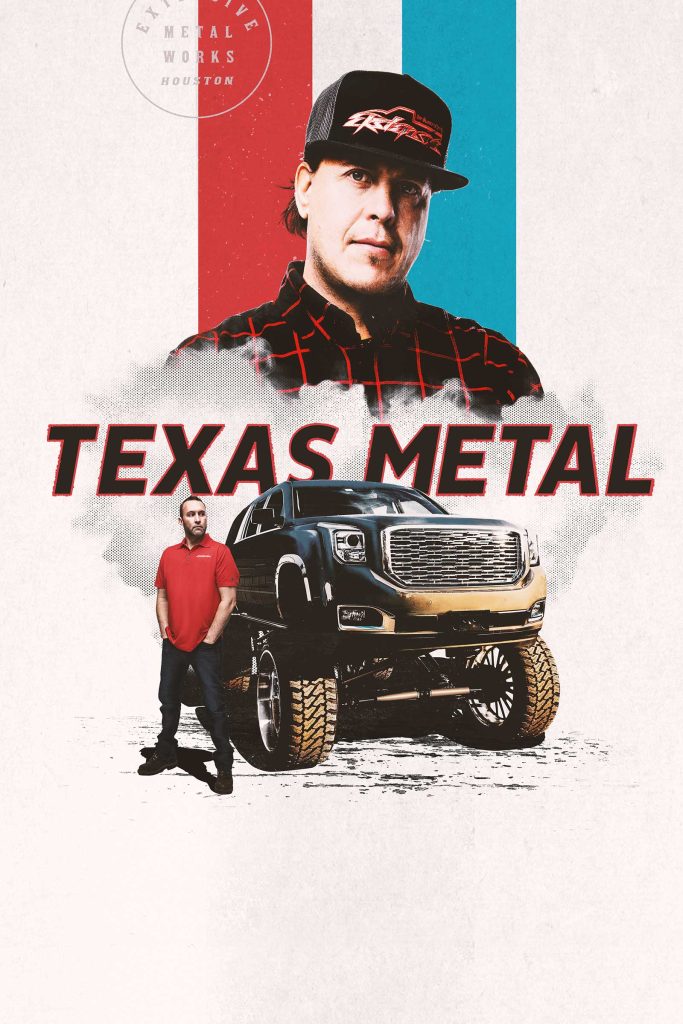
While “Texas Metal” hasn’t had any controversies to date, other similar shows such as “Pimp My Ride”, have been subject to criticism over misleading their audience; namely, the finished product which is shown in each episode is actually not what their customer receives. According to a former producer of the show, some parts of the vehicle end up being taken out for various reasons, either because the model is illegal or because the part that they used is too costly, so the customer may end up with an unfinished product.
Another fact that may not be obvious to people who watch at home is just how expensive car customization can be. The price may range from $2,000 for a paint job or other apparently simple cosmetic change, up to $60,000, so it’s often actually cheaper to buy a new car than to customize an old one. Furthermore, any change made on a vehicle may actually end up devaluing it on the market, as the car is less likely to be sold than if it was unchanged.
https://www.facebook.com/TexasMetalTV/photos/2811139222457746
However, this doesn’t stop automotive enthusiasts from modifying their cars, because the vehicles hold a lot more than just monetary value to them. Some plan on keeping their customized cars in their collection for years, so losing some market value is just not that important to them.
Car customization
“Texas Metal” is one of many popular TV shows centered on car customization. While the genre has seen an explosion in popularity in the recent years, the craft of car customization has been around as long as the cars themselves. Customization goes far beyond just fixing malfunctioning parts of the car, and is often done with the goal of either achieving superior performance or creating a uniquely styled vehicle, which is unlike any car delivered straight from the factory. Customized cars are often equated with hot rods, which are cars typically rebuilt or modified with large engines, optimized for acceleration and speed, and are usually used for street racing, but it’s worth noting that hot rodding is just a subset of car customization.
Customized vehicles started gaining popularity in the 1930s, when car owners began modifying their cars by removing the running boards and replacing the original wheels and with light wire fenders. Owners of later models often added fender skirts, and would also modify or completely change the engine. During this early era, the paint jobs on custom cars were usually very simple, while more colorful mods emerged later on.
After WW2, many companies started using custom cars to promote themselves, by placing their logos on vehicles used by racers and soldiers returning for the war. Even more parts of the cars began to be replaced, such as headlamp housing, grills, bumpers and taillights, while paint-stripping and using a new chrome paint became popular for the first time.
By the 1950s, the look of the cars became very important to car customizers, and bold colors and designs became a very popular trend. The 1960s took it one step further, with popular designs including using candy apple red color, glitter effect paint, painted on flames, and more.
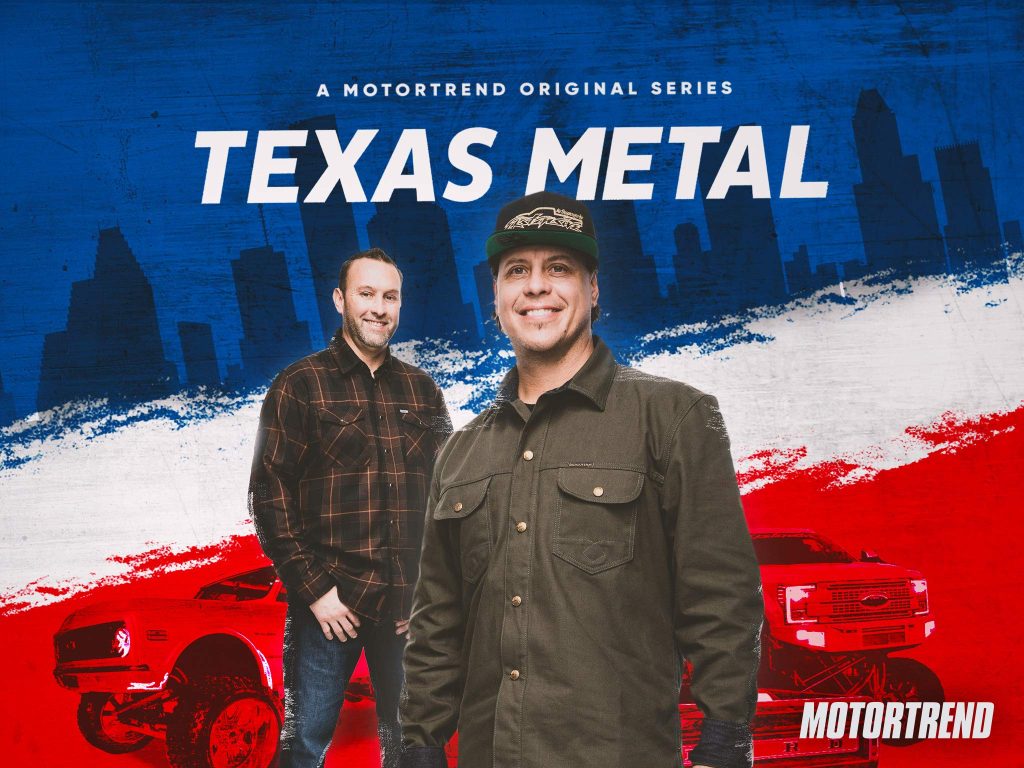
One of the most popular trends from that era was the ‘bloodshot eyeball’ shift knob modification.
Today, car customization has also found a place in the digital word. Practically all automotive video games offer some form of customization of in-game vehicles, while there are even some games, such as “Dream Car Builder”, “Car Tuner Simulator” and “3DTuning”, in which customization is actually the primary focus.
Similar shows
Fans of “Texas Metal” and car modification as a whole might enjoy the fact that there are numerous similarly themed shows currently on TV. Perhaps one of the most popular ones right now is “Bad Chad Customs” which has been airing since 2019, and follows the eccentric automobile designer Chad Hiltz, as he uses his creativity to turn regular cars into unique, award-winning vehicles. He’s particularly known for his thrifty approach, and utilizing items in unexpected ways.
Another popular series is History Channel’s “Counting Cars”, the only automotive-focused spin-off from the hit series “Pawn Stars”.
Filmed in Las Vegas, Nevada, the series follows the daily lives of the employees of Count’s Kustoms, a car restoration and customization company run by Danny Koker, aka The Count. In a format similar to “American Restoration”, the series shows the staff as they restore and modify classic vehicles, including the occasional conflict between the cast members.
One of the series which popularized the genre was MTV’s hit show “Pimp My Ride”, which ran for six seasons from 2004 to 2007. The customization work was done by West Coast Customs for the first four seasons, before they were replaced by Galpin Auto Sports in season five. Each customization was extravagant and done to fit the customer’s interests, for example, a “Need for Speed” fan wanted his real life car to mimic the one his drives in-game, while a bowler had a ball spinner installed in his trunk.
After “Pimp My Ride”, the staff of West Coast Customs went on to star in two more automotive TV shows – “Street Customs” and “West Coast Customs” – both of which had a somewhat more ‘serious’ format compared to “Pimp My Ride”, which was criticized for depicting unrealistic customizations.
Another older show which is still a staple in the genre is TLC’s “Overhaulin”, hosted by automotive designer Chip Foose and Chris Jacobs. In each episode they ‘steal’ a car from an unsuspecting person, who has been nominated for deserving an overhaul by their friends and family. Their car is then fixed and customized by a team of mechanics, dubbed ‘The A Team’, who have a week to remake the car, then returned to the normally unsuspecting owner.

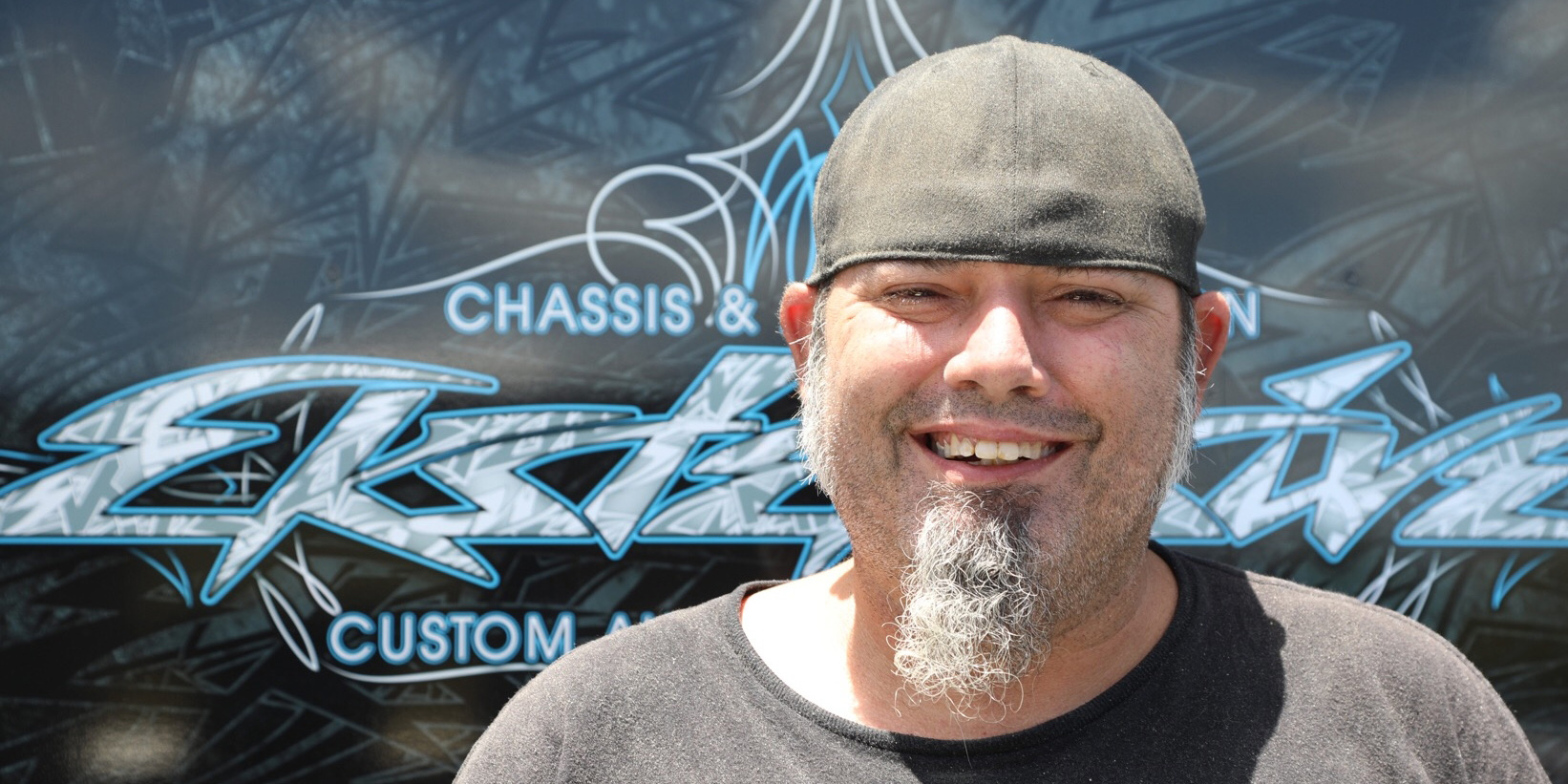
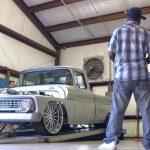
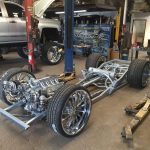



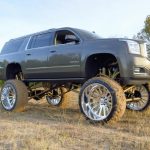

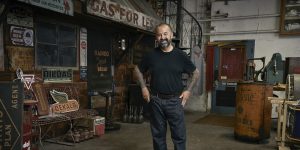
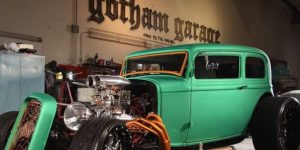


Leave a Comment